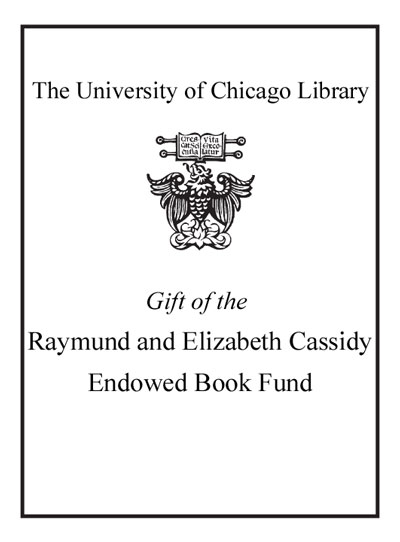Review by Choice Review
This small book shows that modern science need not be seen as opposed to religion; instead advances in neuroscience are actually helpful for developing a new understanding of human nature, spirituality, and the spiritual growth of both individuals and churches. The book is divided into three parts. Part 1 is a brief history of the concept of body-soul dualism. Here, Brown (Fuller Theological Seminary) and Strawn (Southern Nazarene Univ.) show that the widespread assumption that the soul is a nonphysical entity, existing within but separate from the body, derives from Plato, Augustine, and Descartes and has been "read into" the Bible rather than emerging from it. Arguing that neuroscience and biblical thought view humans as a unity of what they call "embodied soulishness," Brown and Strawn describe in part 2 how human beings grow and change as individuals. Following this is a discussion in part 3 of how this might shape a new understanding of both church growth and individual spiritual growth within the body of Christ. This book should be especially useful for pastors and laypeople concerned with understanding how individuals and churches grow and change, as well as for seminarians and seminary professors. Summing Up: Recommended. Upper-division undergraduates and above; general readers. C. L. Hansen formerly, Midland Lutheran College
Copyright American Library Association, used with permission.
Review by Choice Review

